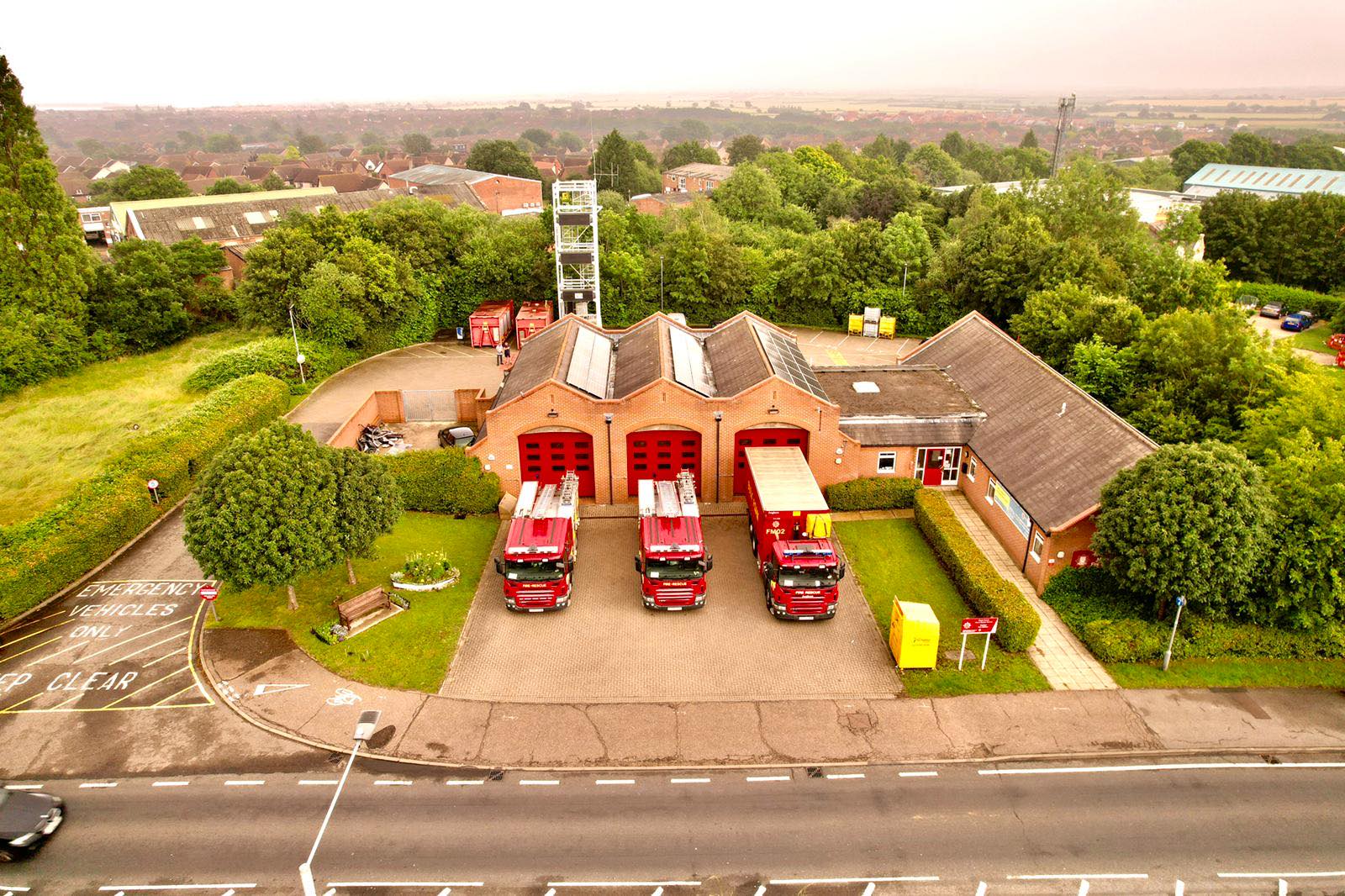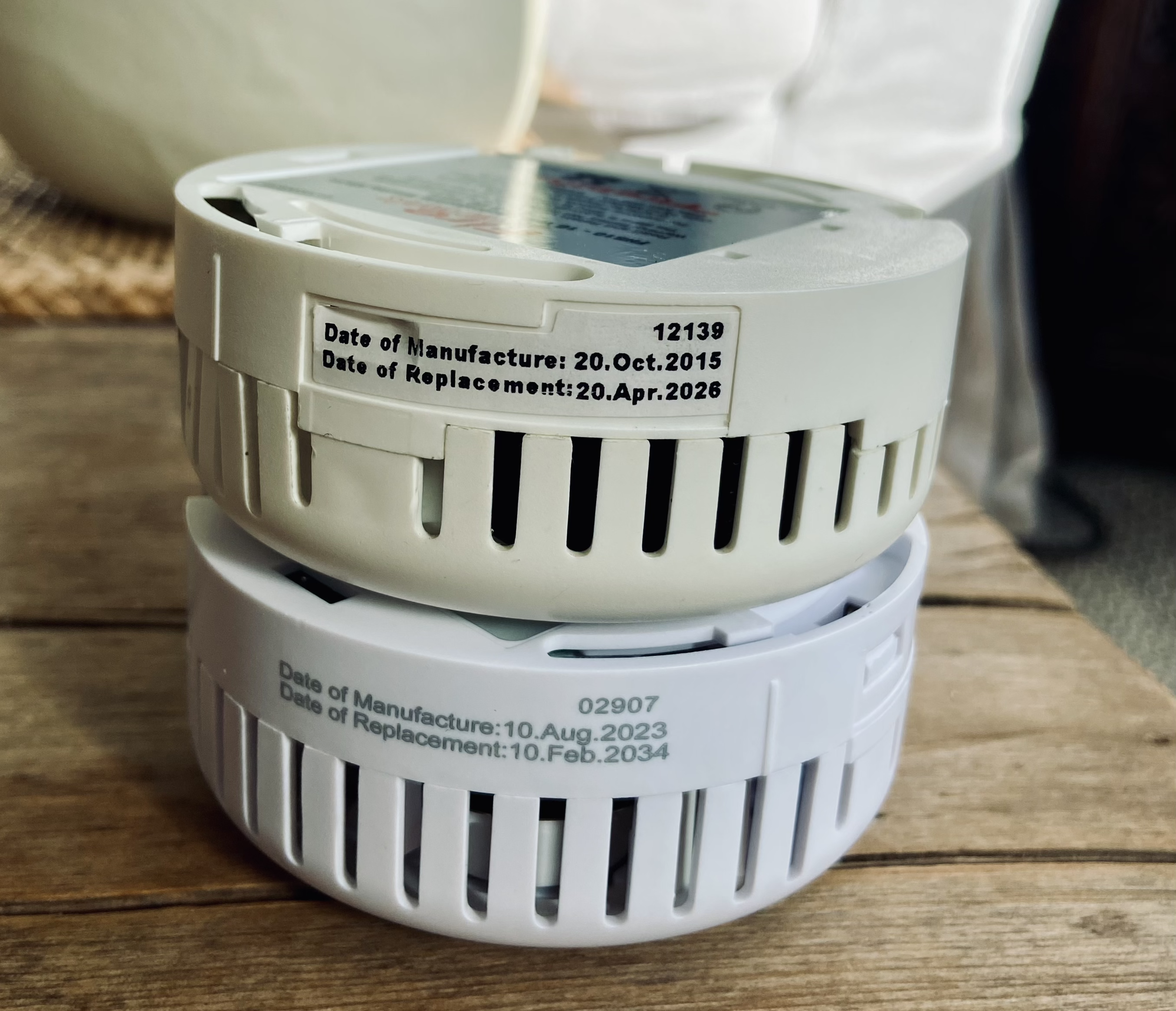Fire Helmets
Since the earliest days of organised fire fighting, the need to protect the fire-fighters from falling debris has seen the use of specialised head gear. Insurance Company Fire Brigades wore leather skull caps which evolved into stylish helmets of varying patterns.
The original design for a proper fire helmet was pioneered by the first municipal fire chief in Great Britain, James Braidwood, who was Superintendent of the Edinburgh Fire Engine Establishment. When he was appointed to set up the Establishment he insisted that his men should have proper uniforms and suitable head protection. He realised that falling slates and roof tiles could cause severe head injuries similar to a blow from a cavalry sword. Therefore he chose a design much like a helmet then in vogue with the cavalry regiments of the British Army. Made of hardened leather, it had front and back peaks and a comb on top of the shell. The interior had a softer leather liner which made it more comfortable to wear and also provided a cushioning effect if the helmet was hit from above.
Leather helmets of Braidwood’s design were adopted by many fire brigades, both Insurance Company and Municipal. Braidwood moved to London in 1833 to become the Superintendant of the London Fire Engine Establishment. He brought with him his ideas for a practical fire uniform including the leather helmet. In 1861 Braidwood was killed at the massive fire in Tooley Street, London. His successor was Captain Eyre Massey Shaw.
In 1866 the London Fire Engine Establishment was disbanded and in its place the Metropolitan Fire Brigade was formed. Shaw was a dynamic leader and soon went to Paris to study the methods used by the Sapeurs Pompiers de Paris, the military fire brigade of the French capital. It was there that he saw the brass helmet worn by that brigade. He was so impressed that he brought one of their helmets back to London. He slightly re-designed the shape of the helmet and it is said that his daughter suggested that a dragon motif should be incorporated in its design. He took his ideas to Merryweather and Sons, a well established fire equipment company, and the iconic brass fire helmet was made for the Metropolitan Fire Brigade. Unfortunately Massey Shaw thought the helmet was unique to his brigade, but Merryweather happily sold it to any fire brigade that wanted it, so that it became a familiar sight throughout the country!
The brass fire helmet of Fireman Green of the Stanford le Hope Fire Brigade. It has the generic Merryweather badge (Essex Fire Museum (EFM) Collection)
The early version of the brass helmet was made by both Merryweather and Sons and Shand Mason and Co., another major fire engineering company. The badge was a generic item common to many brigades, although the larger and more affluent fire brigades, such as London had their own badge. Some fire brigades continued to use leather helmets, but the majority favoured the iconic brass helmet and it became the standard headgear for the majority of fire brigades. It was light weight and could be easily repaired, as each part of the helmet could be replaced if necessary. However, by the mid 1930s, the ever increasing use of electricity in both industrial and domestic premises meant the brass helmet was becoming a liability, with the risk of electric shock to those who wore it. Across the country several firemen had been killed or seriously hurt due to their helmet coming into contact with hanging electrical wiring. London again led the way when they began to experiment with a prototype compressed cork and rubber type helmet. Various styles were trialled including a ‘cherry red’ type that was heartily rejected by the firemen! In 1937 a definitive pattern black helmet with a stylish ornate gold comb, which, having received the approval of London’s firemen, was issued to the London Fire Brigade.
The first pattern cherry red cork/rubber compound helmet (courtesy of the Kent Fire and Rescue Service Museum) and the stylish LFB ‘gold comb’ helmet. (EFM Collection)
Again many brigades followed London’s lead. However, the firm of James Hendry in Glasgow offered leather helmets individually styled for the purchasing brigade and as a result the leather helmet again became fashionable. A particular model produced by Hendry was the Metro. This proved very popular in many brigades and its manufacture continued long after WW2. The Essex Fire Museum is fortunate to have the Metro helmet that belonged to the Deputy Chief of the pre-war Ilford Fire Brigade.
In 1937, with the threat of war looming, the Government instructed all local authority fire brigades to start recruiting an auxiliary fire service, thus forming the Auxiliary Fire Service (AFS). The equipment for the new service was supplied by the Home Office and part of the uniform was a steel helmet. These were generally painted grey, although some khaki and black helmets were issued. It was left to the local fire brigades to mark the helmets and there was a huge variety of ‘AFS’ logos used.
In 1941 the National Fire Service (NFS) was formed from all the pre war fire brigades and the AFS. The steel helmets were repainted overall khaki and a transfer badge and ‘Fire Force’ number added. The metropolitan parts of Essex were now included into No 36 (London) Fire Force, whilst the more rural areas of Essex became the major part of No 11 Fire Force. At the cessation of hostilities in 1945 the NFS was greatly reduced in size and by 1947 personnel that still had their pre-war helmets were allowed to wear them for fire-fighting duties, so long as they had the NFS transfer badge on them. Brass helmets were strictly forbidden.
The National Fire Service was in existence until 1948, when the responsibility for fire brigades reverted to Local Government. The Essex County Fire Brigade was formed in that year. The NFS steel helmets were again re-painted for the new brigade, this time to a cherry red colour with the new Brigade’s badge on them. It is thought that this colour was unique within the newly formed fire brigades of the UK.
By 1949 a new version of the cork helmet was brought into service. Made by Helmets Ltd it was called the Cromwell ‘Middlesex’ pattern and was adopted by many British fire brigades. The Essex County Fire Brigade issued this pattern of helmet to all fire-fighters and it was in use until the early 1970s.
An example of the Helmets Ltd Cromwell ‘Middlesex’ pattern helmet from the mid 1950s and the later yellow ‘County Pattern’ version of the cork helmet. (EFM Collection)
In the early 1970s the Home Office issued a requirement that all black fire helmets were to be painted yellow. This was intended to make fire fighters more visible when working in the dark or in smoky conditions. This move coincided with all personnel being issued with yellow waterproof over trousers to replace the previous black leggings that had been worn since before World War II. The repainted helmets were soon replaced with the yellow County Pattern cork helmet with a much reduced comb.
In the late 1980s new regulations required that helmets must include eye protection for fire- fighters. And to comply with this Essex introduced the American Cairns Brother’s helmet. Made of carbon reinforced fibre glass and with a toughened visor, this type of helmet became very popular with the British fire services.
With the turn of the century yet another set of regulations designed to protect firefighters came into effect. This saw the introduction of the British made Cromwell F600 fire helmet. This helmet had a built in visor and was made from strong reinforced plastic. It saw service in many UK fire services.
The current helmet in service with the ECFRS is the Rosenbaur Heros Xtreme. This helmet complies with the current European regulations and incorporates a full face visor for eye protection when working with power tools, and includes built in torch.
M.J. Beale June 2019.


